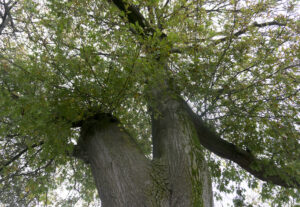Priority Urban Greening Analysis Report
Costed case study – Greening commercial areas for urban cooling
Costed case study – Greening residential streets for urban cooling
Lead
Living Melbourne and South East Water
Working group members
Brimbank City Council; City of Casey; Cardinia Shire Council; Darebin City; DELWP; City of Greater Dandenong: Kingston City; Manningham City Council; Urban Forest Consulting; City of Monash; Moonee Valley City Council; South East Water; Yarra Ranges Shire; Yarra Valley Water; City of Whittlesea.
Objective
The purpose of this exciting initiative is to
- identify, at mesh block level, priority urban greening opportunities on public and private land across metropolitan Melbourne, primarily to reduce urban heat for vulnerable communities; enhance passive open space, protect biodiversity and provide enhanced habitat; protect the health of waterways, riparian corridors and aquatic ecosystems.
- estimate the costs associated with undertaking urban greening for the priority areas identified
- estimate the benefits that would accrue with undertaking urban greening for the priority areas identified
Progress
The project is complete and the research report is available above.
Key outcomes of the research
- Any investment in urban greening is very low risk.
- A very conservative analysis of Cost Benefit Ratio suggests that for every dollar spent on urban greening in Melbourne, around $4 in benefits are derived
- Approx 590,000 trees are needed at a minimum to reduce the greatest urban heat impacts and approx 13,900 hectares of vegetation is required to bolster greater biodiversity outcomes across Melbourne
- The prioritisation framework identifies where these trees and vegetation need to go. The prioritisation framework can be replicated at various scales and manipulated for localisation with new geospatial data.







